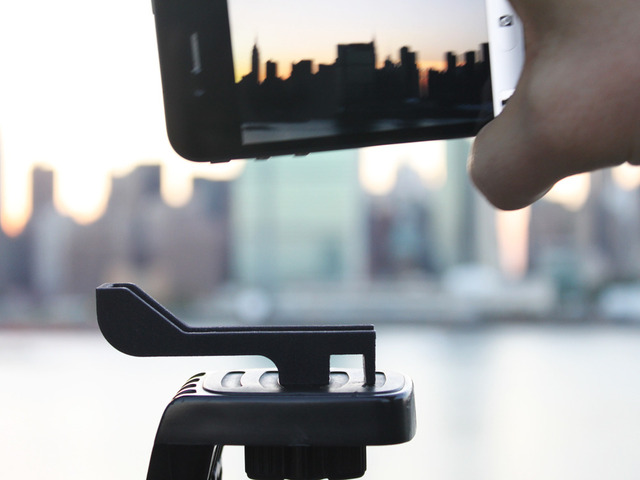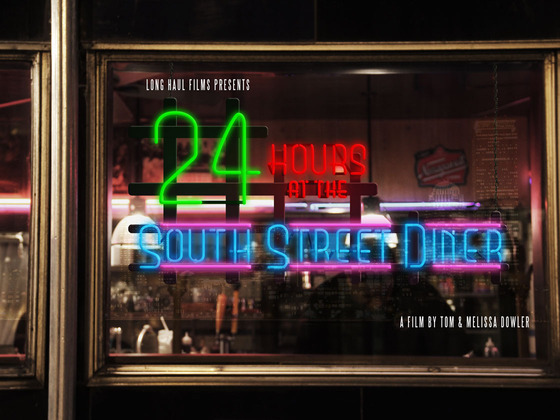Now that your campaign is underway, how do you know if it’s going well or not? Here are some of the things I do.
The Short Link
Every Kickstarter project page has a short link. This is smaller version of its web address. It can be found on your main project page, below the picture/video for your project. You will see it to the right of the “<> EMBED” button.
For example the full address for this project is:
http://www.kickstarter.com/projects/identifyingnelson/a-kickstarters-guide-to-kickstarter
The short link is:
http://kck.st/ocJoTE
When you are promoting your project, you will want to use the short link as often as possible. Not only is it easier to share, but it can be used to calculate some important metrics about your project.
The only downside is that it doesn’t include kickstarter.com in the address. Some people might be hesitant to click on the short link, because they don’t know where it is taking them. However, if you are the one sharing it, and they trust you, then you should have no problem.
Conversion Rate
The conversion rate can be a powerful tool in determining the reach of your campaign and how much work you still have to do. This works best if you have been using your project short link during the whole campaign. WARNING: This will require a little math, but nothing too complicated.
First, find the total number of clicks the project is getting, by adding a + sign to the end of the short link.
Like this: http://kck.st/ocJoTE+
This will take you to an info page for bitly.com, which creates and hosts all of Kickstarter’s short links. Towards the top of the page, there are two numbers, one in bold, which represent the number of clicks the link is getting. You will want to use the number NOT in bold This can be found next to the words: “All clicks on the aggregate bitly link”
Next you will need the number of people backing your project from the Kickstarter project page. Divide the number of backers by the total number of clicks your short link has received. This will be the conversation rate. For example, if a project has 14 backers and 180 clicks then the conversion rate is 7%.
14 Backers / 180 Clicks = 7% Conversion rate
Average Pledge Amount
The next important metric is the average amount pledged. This will help you figure out, on average, what each person is giving to the project. Later it will help you figure out how many backers you still need.
Take the amount pledged towards your project so far, and divide that by the number of backers. If your project has raised $245 from 14 backers, then the average pledge is $17.50
$245 Pledged / 14 Backers = $17.50 per backer
Remaining Views and Backers
Next you want to calculate the remaining views in order to get enough backers to meet your minimum funding goal.
Divide the remaining pledge amount by the average pledge amount. If your goal is $900, and you have raised $245, then you still need $655. Take this remaining amount, and divide that by the average pledge amount. So, if the average pledge amount is $17.50, then you need 38 more backers to finish the project. (I rounded up, since you don’t want to underestimate the number of backers you need.)
$900 Goal – $245 Pledged = $655 Remaining
$655 Remaining / $17.50 Avg. Pledge = 38 Backers
Once you know how many backers you still need, you can use the conversion rate to figure out how many views you need to get those backers.
Take the number of people you still need, and multiply it by the conversion rate. In this example, there are 38 backers remaining and a 7% conversion rate. This means the project will need close to 542 clicks to get the project funded.
38 Backers Remaining * 7% Conversion Rate = 542 Clicks
Fuzzy Math
These numbers are not exact, of course. They depend on a number of factors. As your project evolves, the numbers will change, so you can recalculate them as often as you need. These are just indicators of how your campaign is going. Your might post the link somewhere and get 500 more clicks, but if it’s the wrong 500 people, then you will not meet your goal. These metrics will give you valuable feedback, but they are not predictive of the outcome.
However, I have found these numbers to be very relevant and helpful. The example above uses numbers taken from my campaign for A Kickstarter’s Guide. If you did all the math, then you may have realized 54 backers were needed to get the project funded. The actual number, ended up being 56 backers. Not bad at all.
A Kickstart’s Guide to Kickstarter TOC:
pssst…you can read all of this offline by downloading the e-book.







